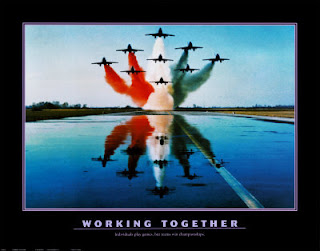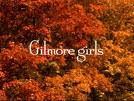
Links between last years work and this years –
In terms of last years work it is clear that we did not put nearly enough planning into the preparation of our piece, had we planned our filming and spent several days or more over it the final piece may have been more polished, earning us a better mark. However, we have learnt from this mistake and, due to the issues with weather conditions last year which made the filming much more difficult and greatly affected the outcome; we decided to film our trailer indoors. Our camera work techniques have also improved and we are hoping that the overall impression of our final piece for this year will be much more professional.
How we have developed our knowledge and abilities
- spent more time over research and planning
- therefore our end product will be better
- with the blogger we can go back and edit past comments and work, and because we have been posting more, and are therefore more familiar with the website, we are getting more used to using the webpage to go back and correct and add to work, this will hopefully improve our chances of a better grade.





















